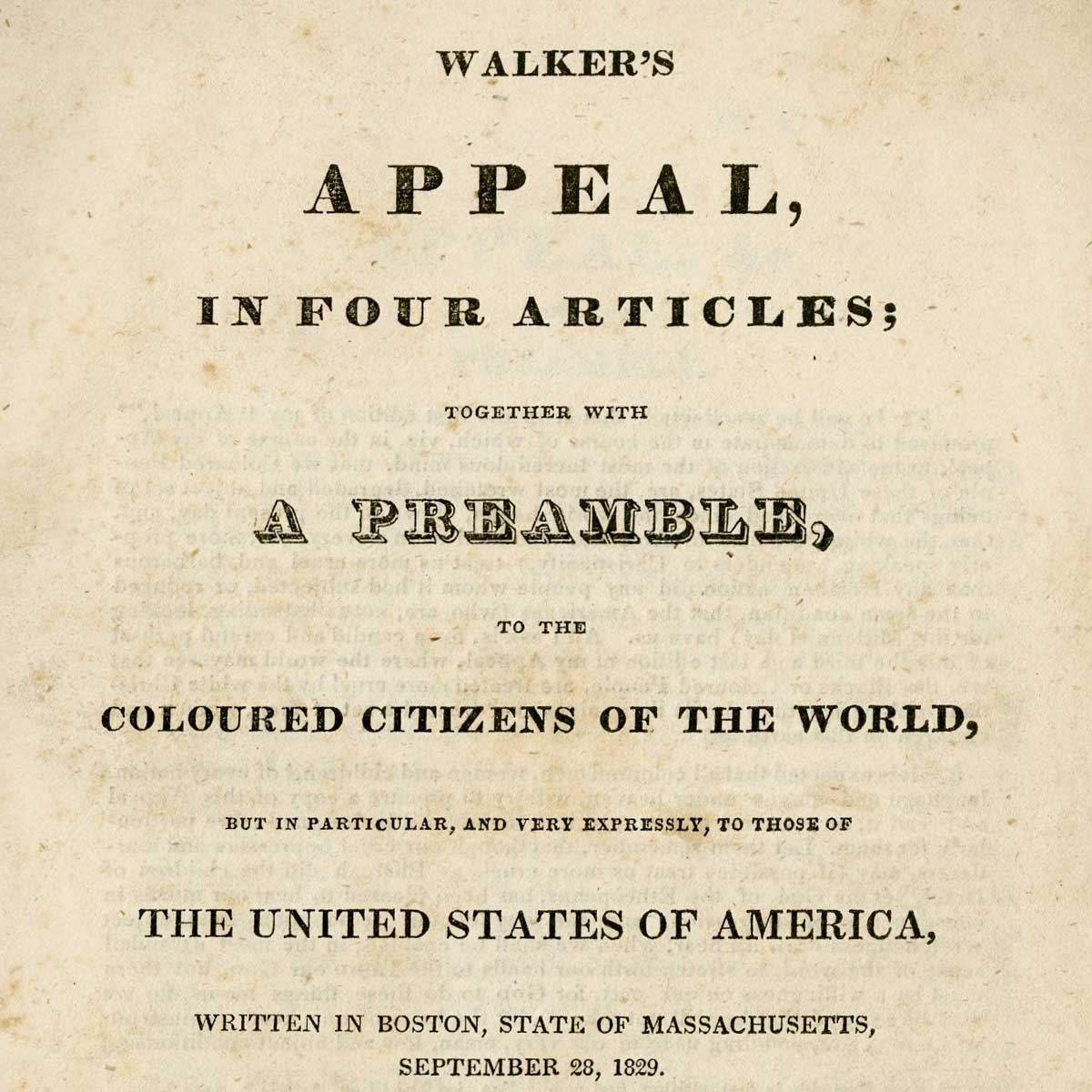Youth Research Fellows
In January 2020, the Peabody Ballroom Experience awarded research fellowships to four Baltimore ballroom youth: Glen West, Artez Escada, Symone Miller, and Drake Garçon.
The planning committee—Dr. Joseph Plaster, Icon Enrique St. Laurent, Legendary Marco West, and Icon Sebastian Escada—tasked each fellow with conducting research about the Library collections that were to inspire our April 2020 ball. Fellows wrote short posts that were to serve as resources for those walking relevant ball categories. While the COVID-19 pandemic forced us to cancel our 2020 ball, we did draw on fellow research to organize our 2022 showcase.
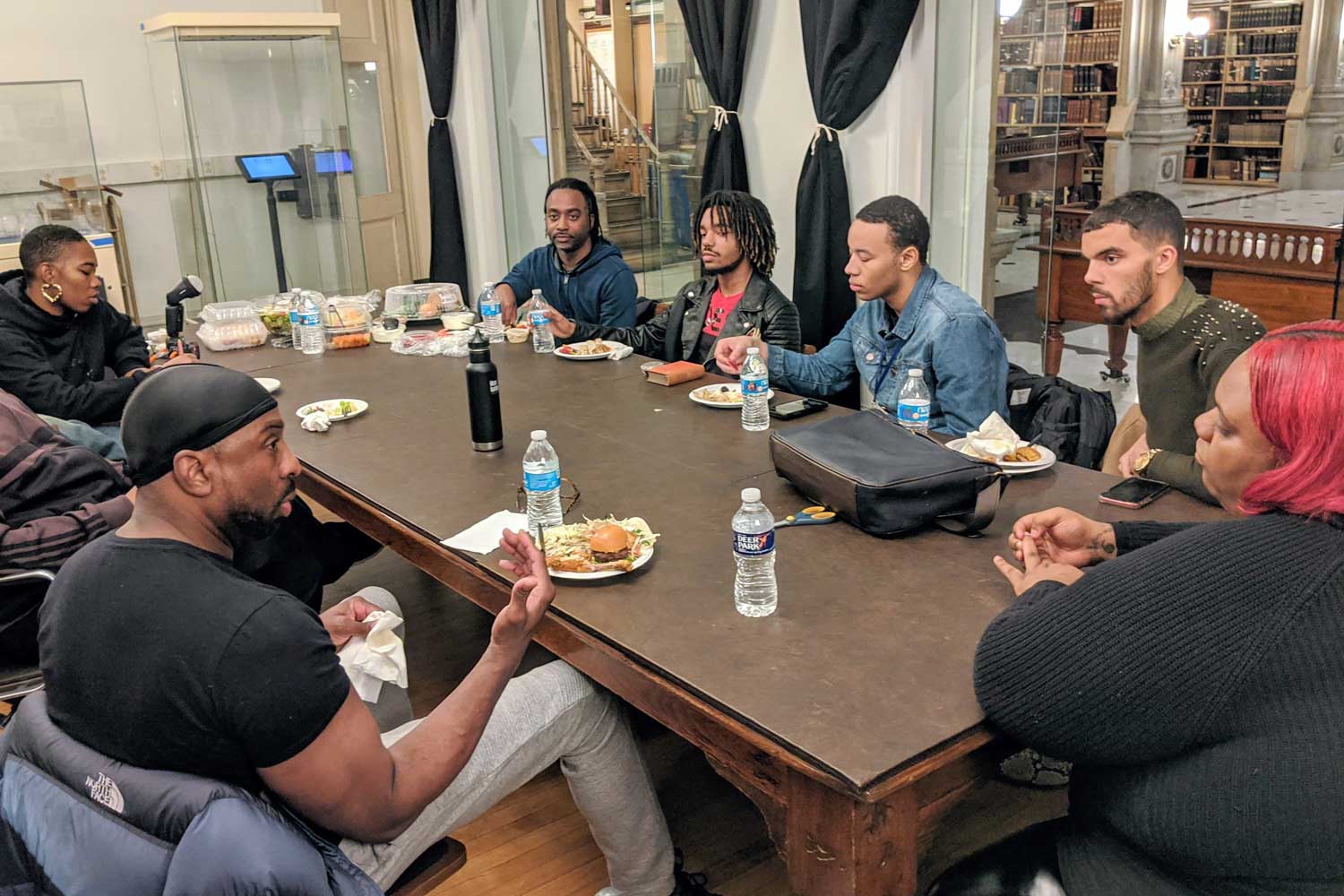
Youth researchers meet with the Ballroom Advisory Board. From left to right: Enrique St. Laurent, photographer Shan Wallace, Sebastian Escada, Artez Escada, Glen West, Drake Garçon, Symone Miller. Photograph by Joseph Plaster.
Fellow Writings
Executive Realness – “Fire!!”
Post by research fellow Glen West
In 1926 during the Harlem Renaissance in New York City, a literary magazine named “Fire!!” was created to discuss African American struggle. Some of the notable people who created “Fire!!” were Wallace Thurman, Zora Neale Hurston, Aaron Douglas, and Langston Hughes. With modern and realistic fashion, they used literacy as a way to express enlightenment. Wallace Thurman’s forward to “Fire!!,” reprinted here, set a combative tone for the magazine. Some of the topics they touched on were homosexuality, bisexuality, interracial relationships, promiscuity, prostitution, and color prejudice. Unfortunately, after publishing one issue, their headquarters were burnt down. Tonight when walking Executive Realness, bring forward your best business or marketing plan to reestablish “Fire!!” to its glory.
In 1926 during the Harlem Renaissance in New York City, a literary magazine named “Fire!!” was created to discuss African American struggle. Some of the notable people who created “Fire!!” were Wallace Thurman, Zora Neale Hurston, Aaron Douglas, and Langston Hughes. With modern and realistic fashion, they used literacy as a way to express enlightenment. Wallace Thurman’s forward to “Fire!!,” reprinted here, set a combative tone for the magazine. Some of the topics they touched on were homosexuality, bisexuality, interracial relationships, promiscuity, prostitution, and color prejudice. Unfortunately, after publishing one issue, their headquarters were burnt down. Tonight when walking Executive Realness, bring forward your best business or marketing plan to reestablish “Fire!!” to its glory.
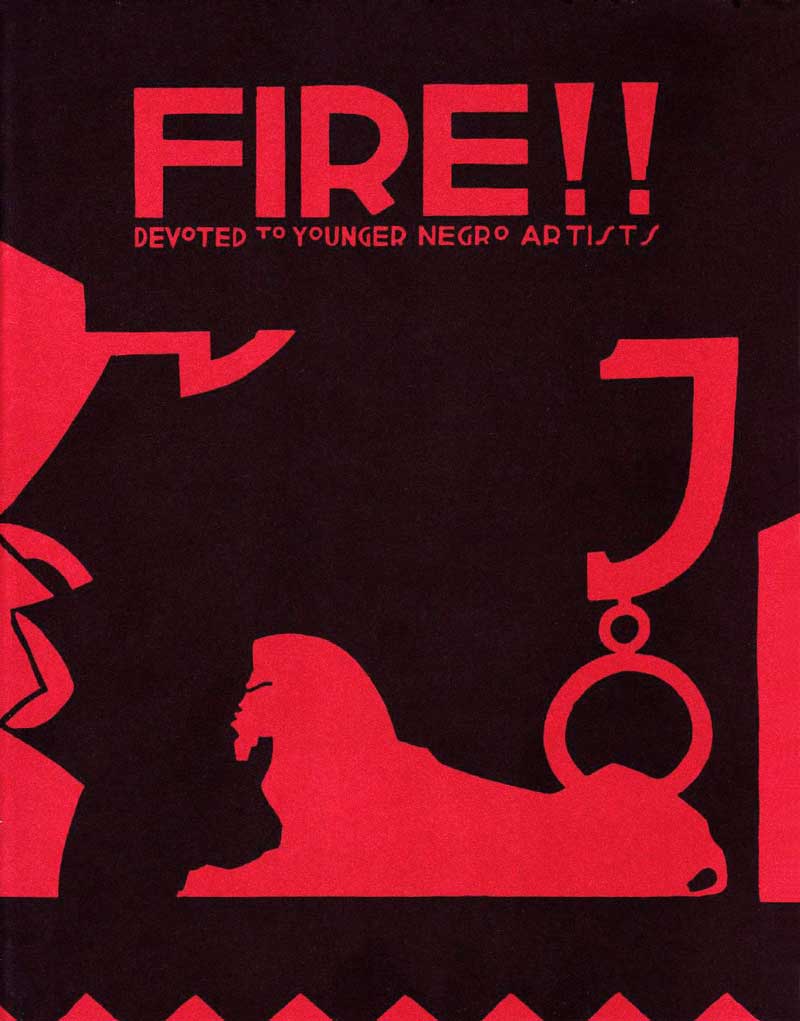
FOREWORD TO “FIRE!!”
FIRE . . . flaming, burning, searing, and penetrating far beneath the superficial items of the flesh to boil the sluggish blood.
FIRE . . . a cry of conquest in the night, warning those who sleep and revitalizing those who linger in the quiet places dozing.
FIRE . . . melting steel and iron bars, poking livid tongues between stone apertures and burning wooden opposition with a cackling chuckle of contempt.
FIRE . . . weaving vivid, hot designs upon an ebon bordered loom and satisfying pagan thirst for beauty unadorned . . . the flesh is sweet and real . . . the soul an inward flush of fire. . . . Beauty? . . . flesh on fire – on fire in the furnace of life blazing. . . .
“Fy-ah,
Fy-ah, Lawd,
Fy-ah gonna burn ma soul!”
-Wallace Thurman
OTA Runway – “The Afrofuturist”
Post by research fellow Glen West
Octavia Butler, who is known for being a science fiction genius and the Mother of Afrofuturism, was one of the first African American women to successfully be a Sci-Fi author. Afrofuturism is a literary and musical movement that explores black identity, culture, and struggles through the lens of science fiction. Octavia Butler’s narratives often had a clear protagonist who could be identified by their uniqueness and fought against the tyranny of vampires, aliens, superhumans, and slave masters. Her view of humanity was shaped by the unfairness and oppression of those seen less than. In the 21st century, many recording artists embraced music and fashion inspired by Afrofuturism, including Sun Ra and Janelle Monáe. The 2018 movie Black Panther is also a perfect example of Afrofuturism. Tonight, Open to All Runway is calling for a look of an African Futuristic Warrior. Bring it in high fashion but with an illusion of a futuristic look inspired by the legendary Octavia Butler.
Octavia Butler, who is known for being a science fiction genius and the Mother of Afrofuturism, was one of the first African American women to successfully be a Sci-Fi author. Afrofuturism is a literary and musical movement that explores black identity, culture, and struggles through the lens of science fiction. Octavia Butler’s narratives often had a clear protagonist who could be identified by their uniqueness and fought against the tyranny of vampires, aliens, superhumans, and slave masters. Her view of humanity was shaped by the unfairness and oppression of those seen less than. In the 21st century, many recording artists embraced music and fashion inspired by Afrofuturism, including Sun Ra and Janelle Monáe. The 2018 movie Black Panther is also a perfect example of Afrofuturism. Tonight, Open to All Runway is calling for a look of an African Futuristic Warrior. Bring it in high fashion but with an illusion of a futuristic look inspired by the legendary Octavia Butler.
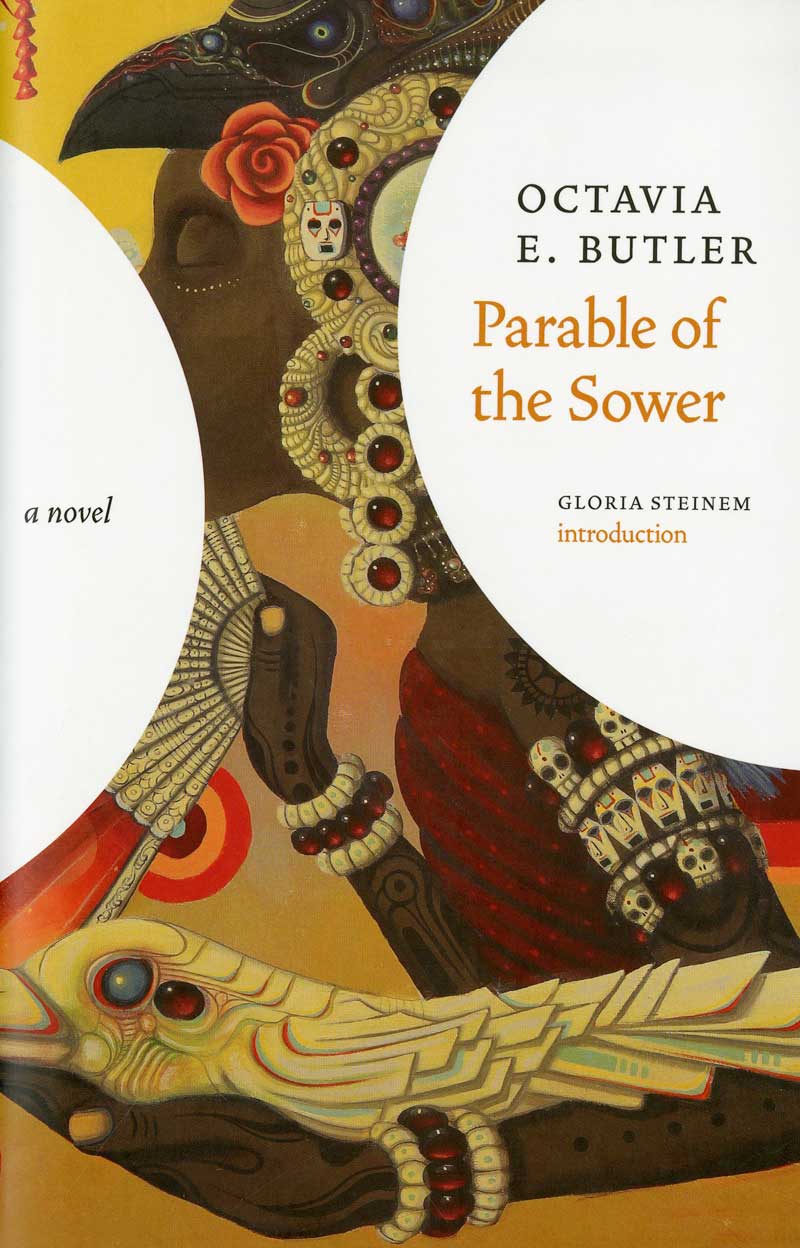
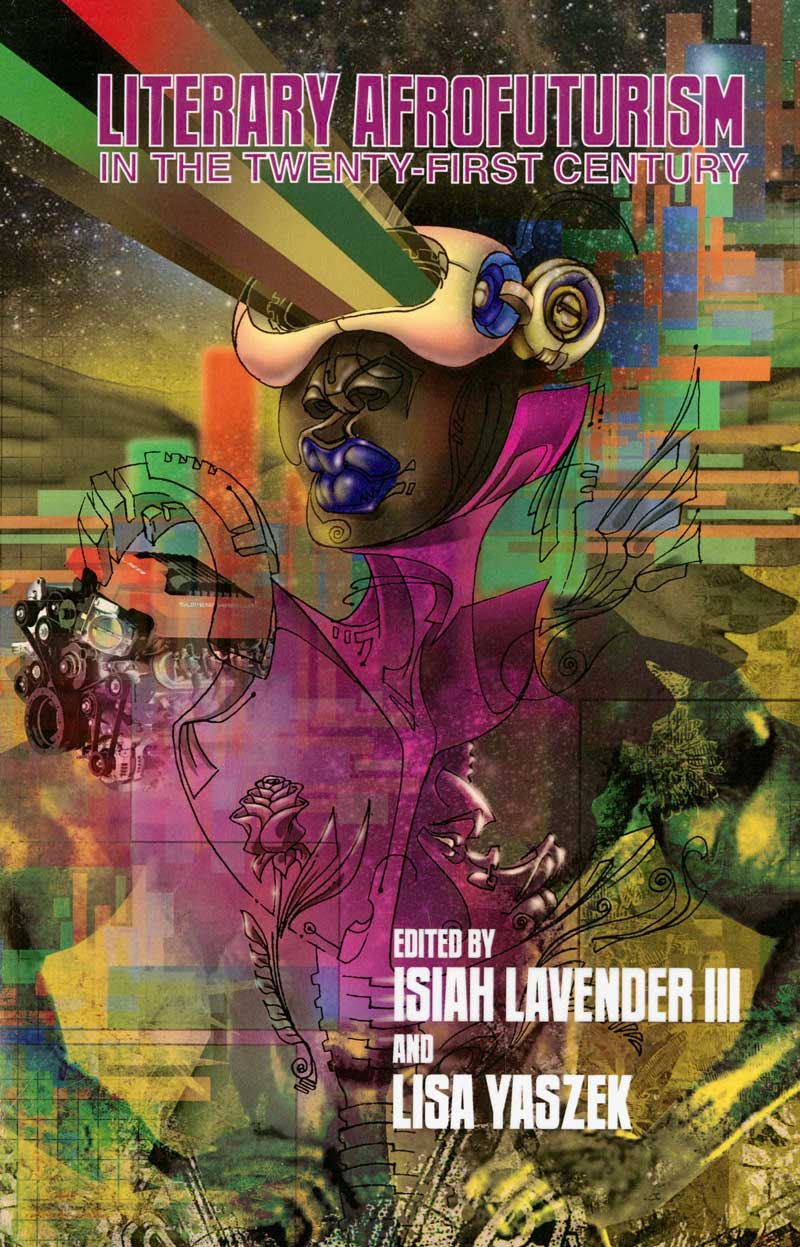
BqnDrags Realness – “Pansy Craze”
Post by research fellow Artez Escada
When getting ready to walk this category, you need to know how people dressed for drag balls during the “pansy craze,” a period in the 1920s and 1930s when gay clubs and performers were wildly popular in the United States. In the early 1930s, the pansy craze went on to mainstream stages with crowds larger than 70,000 people in Harlem. Baltimore also staged its own drag balls. A 1931 article in the Baltimore Afro-American newspaper describes a ball where African American queens wore “elaborate gowns, wraps, jewelry and pumps” as they entered the gay subculture. An Afro-American article from March 21,1931 tells the story of a 16-year-old boy from Douglas High School who was shy, but as he stepped his first foot on the stage he lost all shyness and he “gave way to carefree abandon along with his older sisters.” One of his sisters wore “a flowing gown of egg-shell satin, studded with rhinestones, [and] a tiara of similar crystals.” When you walk at the Peabody, you have to be glamorous, bizarre, and dragged out to a 10. Tonight is a night to show everyone what you’re made of. WORK IT!
When getting ready to walk this category, you need to know how people dressed for drag balls during the “pansy craze,” a period in the 1920s and 1930s when gay clubs and performers were wildly popular in the United States. In the early 1930s, the pansy craze went on to mainstream stages with crowds larger than 70,000 people in Harlem. Baltimore also staged its own drag balls. A 1931 article in the Baltimore Afro-American newspaper describes a ball where African American queens wore “elaborate gowns, wraps, jewelry and pumps” as they entered the gay subculture. An Afro-American article from March 21,1931 tells the story of a 16-year-old boy from Douglas High School who was shy, but as he stepped his first foot on the stage he lost all shyness and he “gave way to carefree abandon along with his older sisters.” One of his sisters wore “a flowing gown of egg-shell satin, studded with rhinestones, [and] a tiara of similar crystals.” When you walk at the Peabody, you have to be glamorous, bizarre, and dragged out to a 10. Tonight is a night to show everyone what you’re made of. WORK IT!
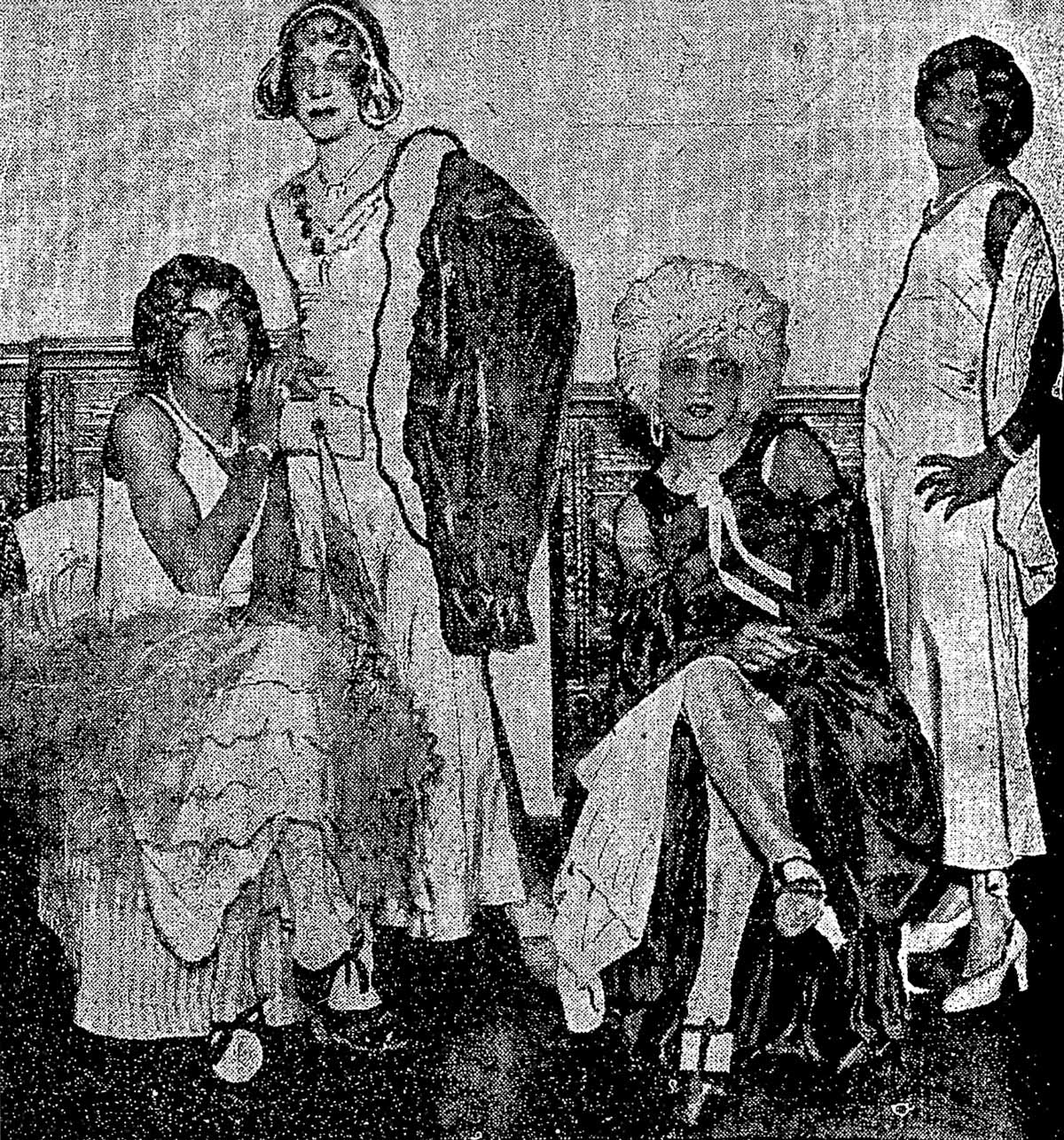
OTA Face—“Lady Sings the Blues”
Post by research fellow Artez Escada
When getting ready to walk this category, you need to know about Billie Holiday’s life and style. Billie Holiday was an American jazz singer born in Philadelphia on April 7, 1915 with the birth name Eleanora Fagan Gough. She was raised in Baltimore City in the 1920s. She was arrested for prostitution at seventeen, so keep it sexy. Holiday had her first breaking hit as a jazz artist at 18—so you can never be too young to be jazzy. Holiday’s colorful life and her autobiography “Lady Sings the Blues” made her a cultural icon. Her soulful voice turned any song she sang into her own. She was known for wearing gloves, extravagant gowns, and oversize flowers. In an article in the Johns Hopkins University Billie Holiday collection, she is seen wearing an oversize flower in her hair, in 1948, while dancing with Bill Robinson at New York’s Club Ebony. Her last stage appearance was held at Carnegie Hall in 1961. Billie’s death was announced on July 17, 1959. In many photos of Holiday, her face seems to express love and pain at the same time. We’re you’re walking down that runway, make sure you have a serious face on.
When getting ready to walk this category, you need to know about Billie Holiday’s life and style. Billie Holiday was an American jazz singer born in Philadelphia on April 7, 1915 with the birth name Eleanora Fagan Gough. She was raised in Baltimore City in the 1920s. She was arrested for prostitution at seventeen, so keep it sexy. Holiday had her first breaking hit as a jazz artist at 18—so you can never be too young to be jazzy. Holiday’s colorful life and her autobiography “Lady Sings the Blues” made her a cultural icon. Her soulful voice turned any song she sang into her own. She was known for wearing gloves, extravagant gowns, and oversize flowers. In an article in the Johns Hopkins University Billie Holiday collection, she is seen wearing an oversize flower in her hair, in 1948, while dancing with Bill Robinson at New York’s Club Ebony. Her last stage appearance was held at Carnegie Hall in 1961. Billie’s death was announced on July 17, 1959. In many photos of Holiday, her face seems to express love and pain at the same time. We’re you’re walking down that runway, make sure you have a serious face on.
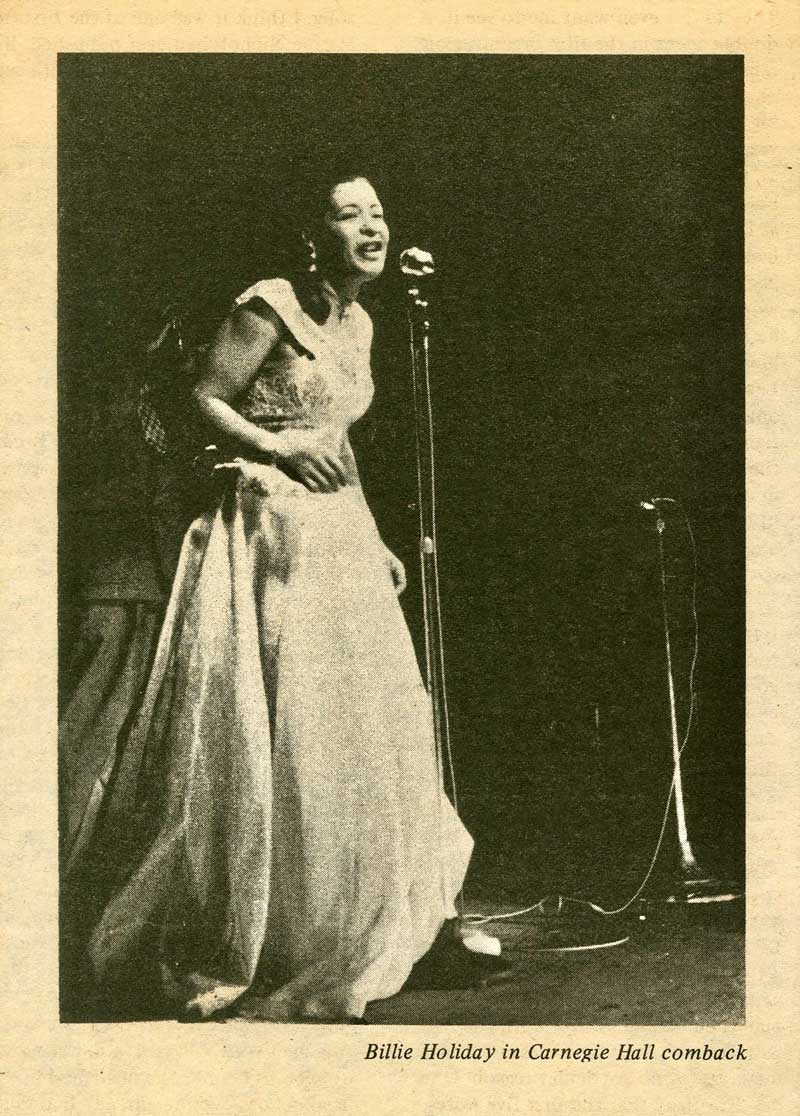
BQ Realness with a Twist – “Unconditional Joy”
Post by research fellow Symone Miller
When getting ready to walk, you have to first understand the text which the category is derived. “Joy” by Langston Hughes is a poem about love and the search for it. Hughes himself gained fame for his stories and poems written during the Harlem Renaissance. He thought that the creative arts and the young black person’s contribution to them could help bridge the gap between people during such a racially charged era. Hughes only wanted to highlight the strengths of his people once he chronicled their plight in his early works. Like many of us, Hughes was part of the LGBTQ community, and early on sought to hide his personal life. He used his craft and carefully constructed persona to do so. In this poem, “Joy,” (included below) he wrote about the loss of love/happiness to a more rugged/acceptable type of man in the 50’s ( a butcher).
Hughes felt Joy was elusive or exclusive to people of prominent stature. He personified the word joy using dancing, laughter, and referring to it as she. While searching for it he finds a humble yet respectable butcher in happy, JOYFUL spirits. He was tickled by the irony of what he saw writing, “In the arms of the butcher boy! Such company, such company, As keeps this young nymph, Joy!” During the Harlem Renaissance clothing and fashion was a big deal! The goal of people’s fashions was to show elegance and grace, things also needed when walking the BQ VF category. Some common colors were French blue, green, and Orange. Silk gloves with rings worn over top, Cloche hats, furs, flapper style dresses and high hemlines were common. Pearls were a necessity! Tonight, capture the essence of Joy in not only effect, but performance!
When getting ready to walk, you have to first understand the text which the category is derived. “Joy” by Langston Hughes is a poem about love and the search for it. Hughes himself gained fame for his stories and poems written during the Harlem Renaissance. He thought that the creative arts and the young black person’s contribution to them could help bridge the gap between people during such a racially charged era. Hughes only wanted to highlight the strengths of his people once he chronicled their plight in his early works. Like many of us, Hughes was part of the LGBTQ community, and early on sought to hide his personal life. He used his craft and carefully constructed persona to do so. In this poem, “Joy,” (included below) he wrote about the loss of love/happiness to a more rugged/acceptable type of man in the 50’s ( a butcher).
Hughes felt Joy was elusive or exclusive to people of prominent stature. He personified the word joy using dancing, laughter, and referring to it as she. While searching for it he finds a humble yet respectable butcher in happy, JOYFUL spirits. He was tickled by the irony of what he saw writing, “In the arms of the butcher boy! Such company, such company, As keeps this young nymph, Joy!” During the Harlem Renaissance clothing and fashion was a big deal! The goal of people’s fashions was to show elegance and grace, things also needed when walking the BQ VF category. Some common colors were French blue, green, and Orange. Silk gloves with rings worn over top, Cloche hats, furs, flapper style dresses and high hemlines were common. Pearls were a necessity! Tonight, capture the essence of Joy in not only effect, but performance!
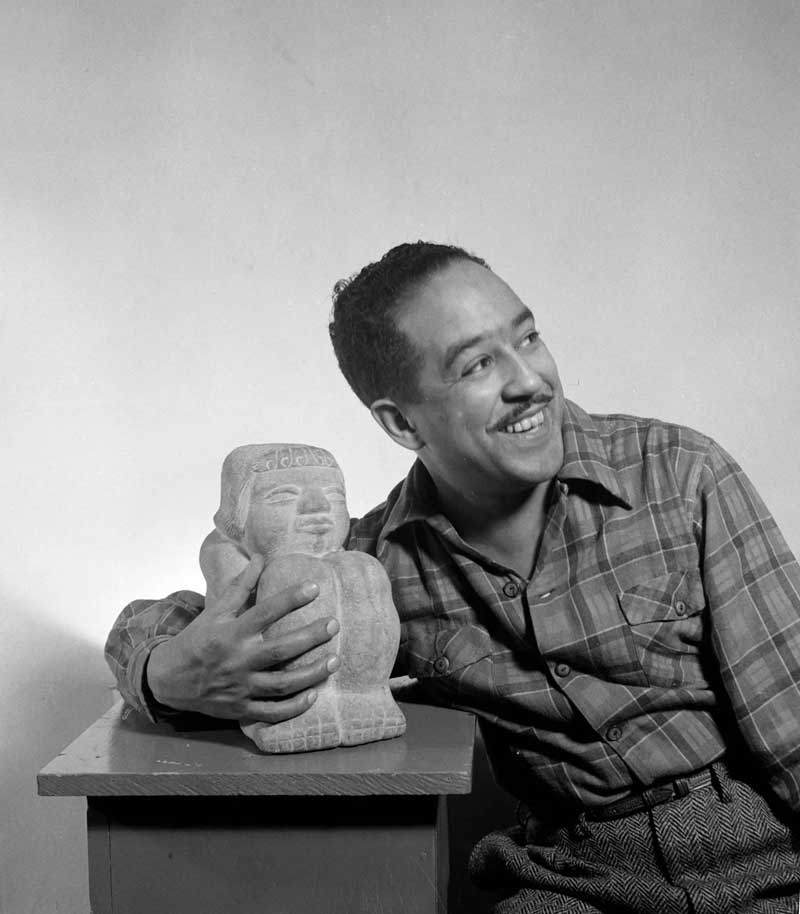
“JOY”
by Langston Hughes
I went to look for Joy,
Slim, dancing Joy,
Gay, laughing Joy,
Bright-eyed Joy–
And I found her
Driving the butcher’s cart
In the arms of the butcher boy!
Such company, such company,
As keeps this young nymph, Joy!
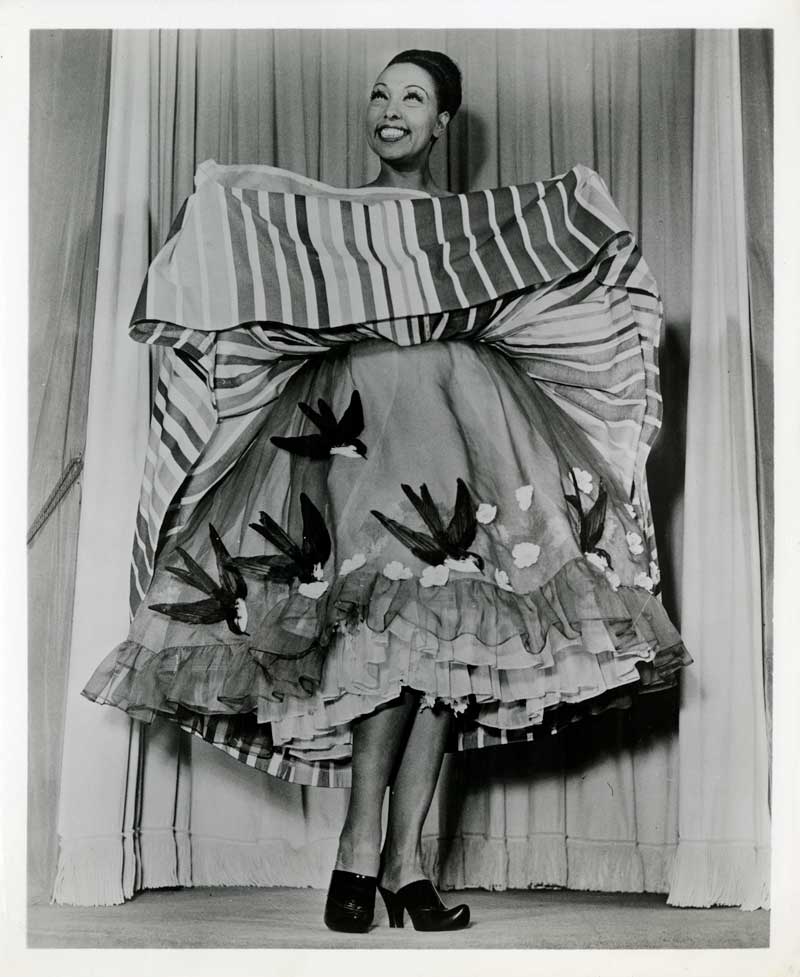
Female Figure Performance – “Going Bananas”
Post by research fellow Symone Miller
Tonight, bring out your most dramatic, charismatic, and fashionable looks to honor Ms. Josephine Baker. Ms. Baker was the first African American woman to star in a major motion picture in 1934. She was a movie star as well as a civil rights activist. From relaying messages to soldiers in her sheet music during WWII to being a speaker at the March on Washington, Ms. Baker solidified her place in African American, as well as American history. Despite her many historic accomplishments, it was her style that garnered the most attention during the height of her career. From the iconic Banana look (which the category got its name), stylized baby hairs, jeweled bikinis, nipple pasties, and her luxe short hair styles; she was a sight to see. Her style and stage persona, which she viewed as the savage inside of her was a complete 360 from the esteemed civilized image she maintained in her daily life. She was almost always adorned in feathers, long silk dresses, or bedazzled head pieces.
Ms. Baker became a household name in France which some or her fashion influence comes from. At her funeral in Paris, on April 19th, 1975, over 20,000 people lined the streets to mourn her. Her most famous looks, in which she wore a skirt made of bananas with tribal style necklaces and earrings has been admired for decades to come. Original photos of this look and many others referenced can be found in the John Hopkins Sheridan Library. Along with these photos, are many original programs and intimate shots of Ms. Baker. These help one gain a better understanding of how detailed, luxurious, theatrical, and feminine she and her looks could be. The “Banana Dance” look from the film, ‘The Sirens of the Tropics’ (original program is held in the Hopkins collection) was also the inspo for her pet tiger’s name, Chiquita. Make sure your look tonight is feminine, sexy, over the top, luxe, with a theatrical twist to help embody and represent Ms. Josephine Baker.
Tonight, bring out your most dramatic, charismatic, and fashionable looks to honor Ms. Josephine Baker. Ms. Baker was the first African American woman to star in a major motion picture in 1934. She was a movie star as well as a civil rights activist. From relaying messages to soldiers in her sheet music during WWII to being a speaker at the March on Washington, Ms. Baker solidified her place in African American, as well as American history. Despite her many historic accomplishments, it was her style that garnered the most attention during the height of her career. From the iconic Banana look (which the category got its name), stylized baby hairs, jeweled bikinis, nipple pasties, and her luxe short hair styles; she was a sight to see. Her style and stage persona, which she viewed as the savage inside of her was a complete 360 from the esteemed civilized image she maintained in her daily life. She was almost always adorned in feathers, long silk dresses, or bedazzled head pieces.
Ms. Baker became a household name in France which some or her fashion influence comes from. At her funeral in Paris, on April 19th, 1975, over 20,000 people lined the streets to mourn her. Her most famous looks, in which she wore a skirt made of bananas with tribal style necklaces and earrings has been admired for decades to come. Original photos of this look and many others referenced can be found in the John Hopkins Sheridan Library. Along with these photos, are many original programs and intimate shots of Ms. Baker. These help one gain a better understanding of how detailed, luxurious, theatrical, and feminine she and her looks could be. The “Banana Dance” look from the film, ‘The Sirens of the Tropics’ (original program is held in the Hopkins collection) was also the inspo for her pet tiger’s name, Chiquita. Make sure your look tonight is feminine, sexy, over the top, luxe, with a theatrical twist to help embody and represent Ms. Josephine Baker.
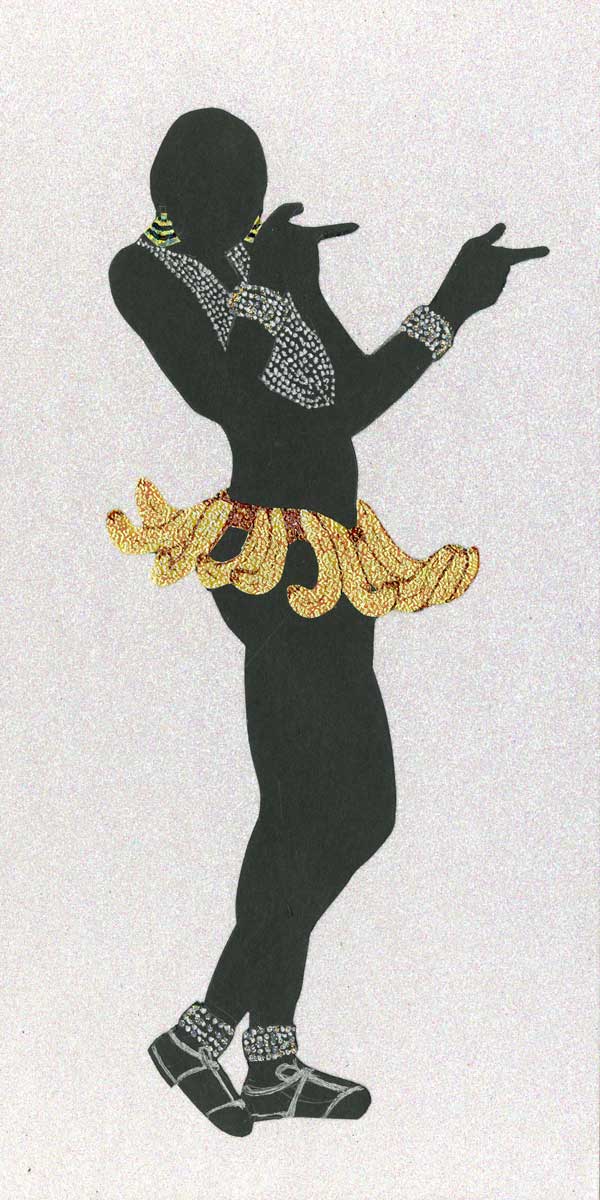
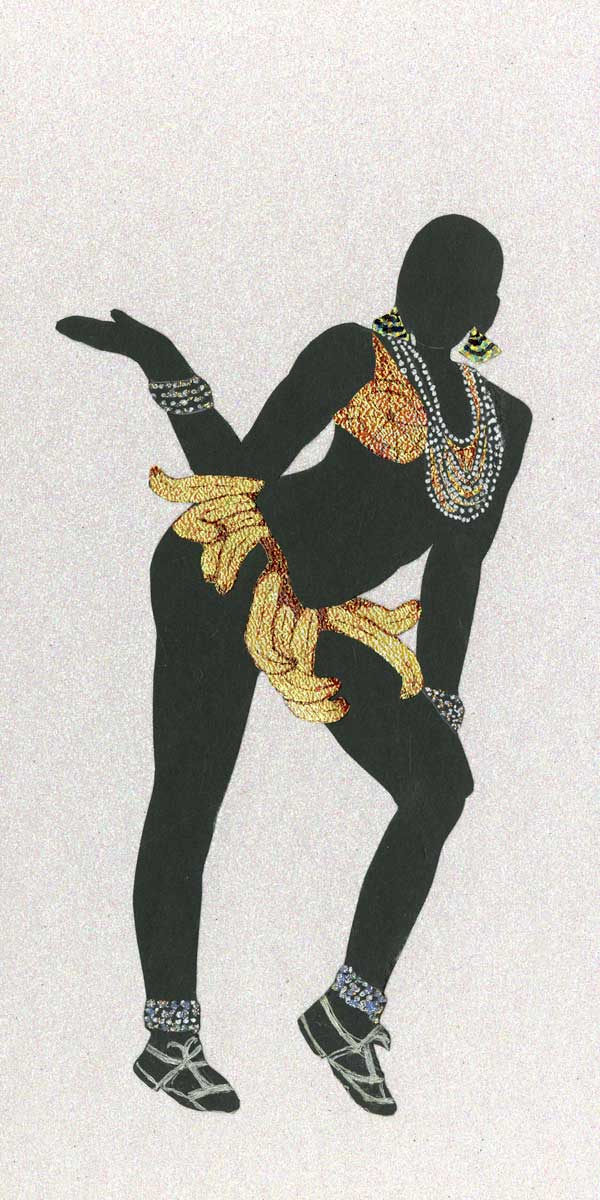
Josephine Baker images from the Johns Hopkins Josephine Baker collection.
Transman vs. Butch Realness – “Black Panther Movement”
Post by research fellow Drake Garçon
The Black Panther Party, originally the Black Panther Party for Self-Defense, was a revolutionary political organization founded by Bobby Seale and Huey Newton in October 1966 in Oakland, California. The party was active in the United States from 1966 until 1982, with chapters in numerous major cities, and international chapters in the United Kingdom in the early 1970s. Dressed in All Black leather Jackets and berets, the Black Panther Party was a group of activist/community organizers who bound together to fight against the social injustices black and brown people experienced in America. The party spoke for those who wouldn’t speak for themselves. Butch and Transmen have fought for a long time for a place of belonging in the community. The “realness” category was founded to provide a space for people in the LGBTQ community to capture the authenticity of heterosexual identity and award those who could blend into everyday society. Much like the Panthers’ fight for equality, both Butch and Transmen have fought for years to be accepted for their true selves. Tonight, take it back to the 1960s to protest the Social Injustice experienced by our community.
The Black Panther Party, originally the Black Panther Party for Self-Defense, was a revolutionary political organization founded by Bobby Seale and Huey Newton in October 1966 in Oakland, California. The party was active in the United States from 1966 until 1982, with chapters in numerous major cities, and international chapters in the United Kingdom in the early 1970s. Dressed in All Black leather Jackets and berets, the Black Panther Party was a group of activist/community organizers who bound together to fight against the social injustices black and brown people experienced in America. The party spoke for those who wouldn’t speak for themselves. Butch and Transmen have fought for a long time for a place of belonging in the community. The “realness” category was founded to provide a space for people in the LGBTQ community to capture the authenticity of heterosexual identity and award those who could blend into everyday society. Much like the Panthers’ fight for equality, both Butch and Transmen have fought for years to be accepted for their true selves. Tonight, take it back to the 1960s to protest the Social Injustice experienced by our community.
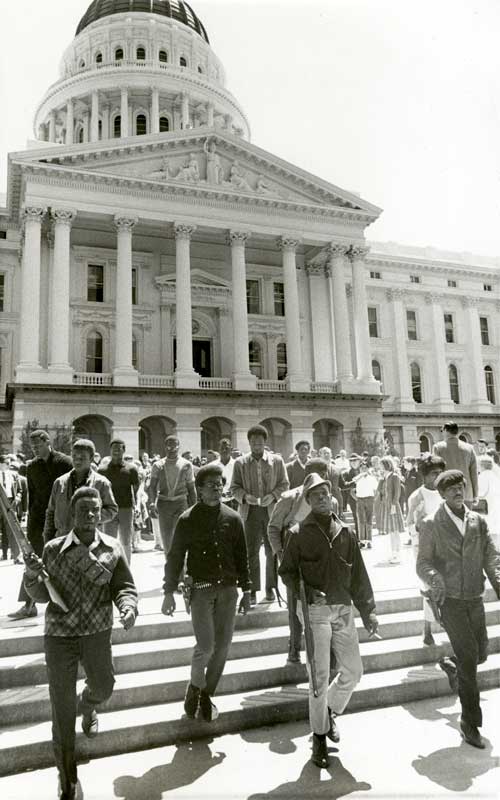
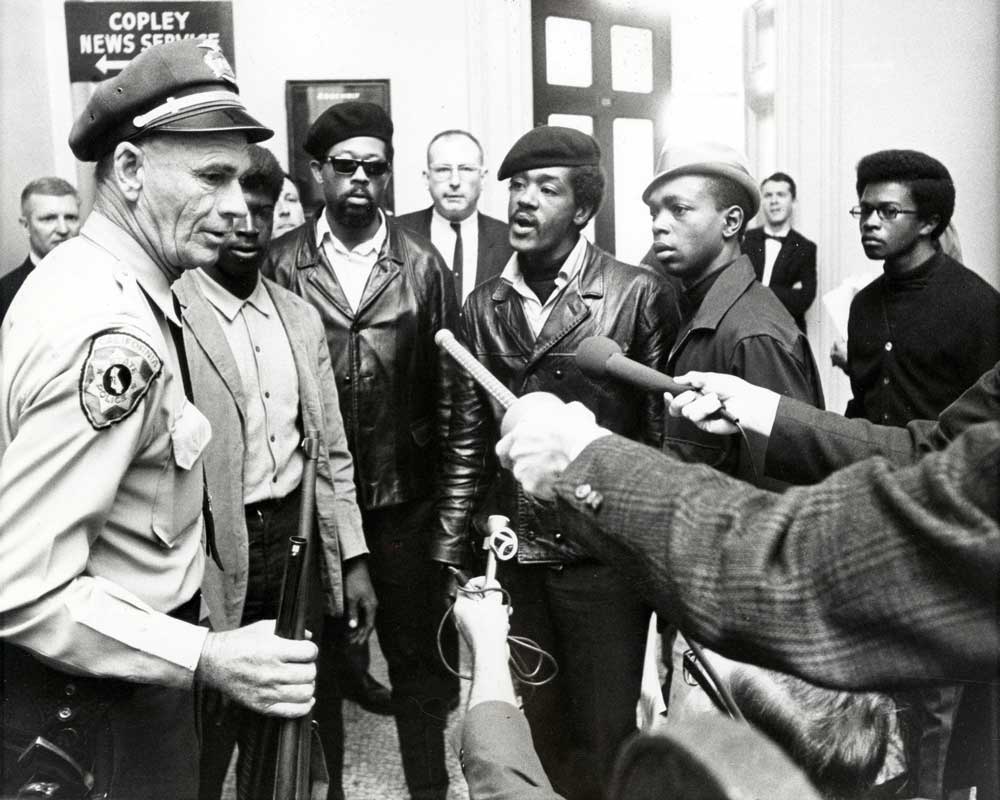
Black Panther party images from the Johns Hopkins University collection of African American political activism
Bizarre – “The Messenger”
Post by research fellow Drake Garçon
David Walker was an American abolitionist, writer, and anti-slavery activist. Though his father was enslaved, his mother was free; therefore, he was free as well. In 1829, while living in Boston, Massachusetts, with the assistance of the African Grand Lodge, he published An Appeal to the Coloured Citizens of the World, a call for black unity and a fight against slavery. The appeal brought attention to the abuses and inequities of slavery and the responsibility of individuals to act according to religious and political principles.
At the time, some people were aghast and fearful of the reaction that the pamphlet would provoke. Southern citizens were particularly upset with Walker’s viewpoints and as a result there were laws banning circulation of “seditious publications.” The North Carolina legislature enacted the most repressive measures ever passed in North Carolina to control slaves and free blacks. In response, Walker sewed copies of his revolutionary pamphlet into the clothing of sailors, who distributed them covertly to African Americans throughout the South. Bizarre for a long time has been an arena for nonjudgmental expression of creativity. Tonight, like David Walker, bring to life a creative hidden message into your look that will be remembered past your lifetime.
David Walker was an American abolitionist, writer, and anti-slavery activist. Though his father was enslaved, his mother was free; therefore, he was free as well. In 1829, while living in Boston, Massachusetts, with the assistance of the African Grand Lodge, he published An Appeal to the Coloured Citizens of the World, a call for black unity and a fight against slavery. The appeal brought attention to the abuses and inequities of slavery and the responsibility of individuals to act according to religious and political principles.
At the time, some people were aghast and fearful of the reaction that the pamphlet would provoke. Southern citizens were particularly upset with Walker’s viewpoints and as a result there were laws banning circulation of “seditious publications.” The North Carolina legislature enacted the most repressive measures ever passed in North Carolina to control slaves and free blacks. In response, Walker sewed copies of his revolutionary pamphlet into the clothing of sailors, who distributed them covertly to African Americans throughout the South. Bizarre for a long time has been an arena for nonjudgmental expression of creativity. Tonight, like David Walker, bring to life a creative hidden message into your look that will be remembered past your lifetime.
